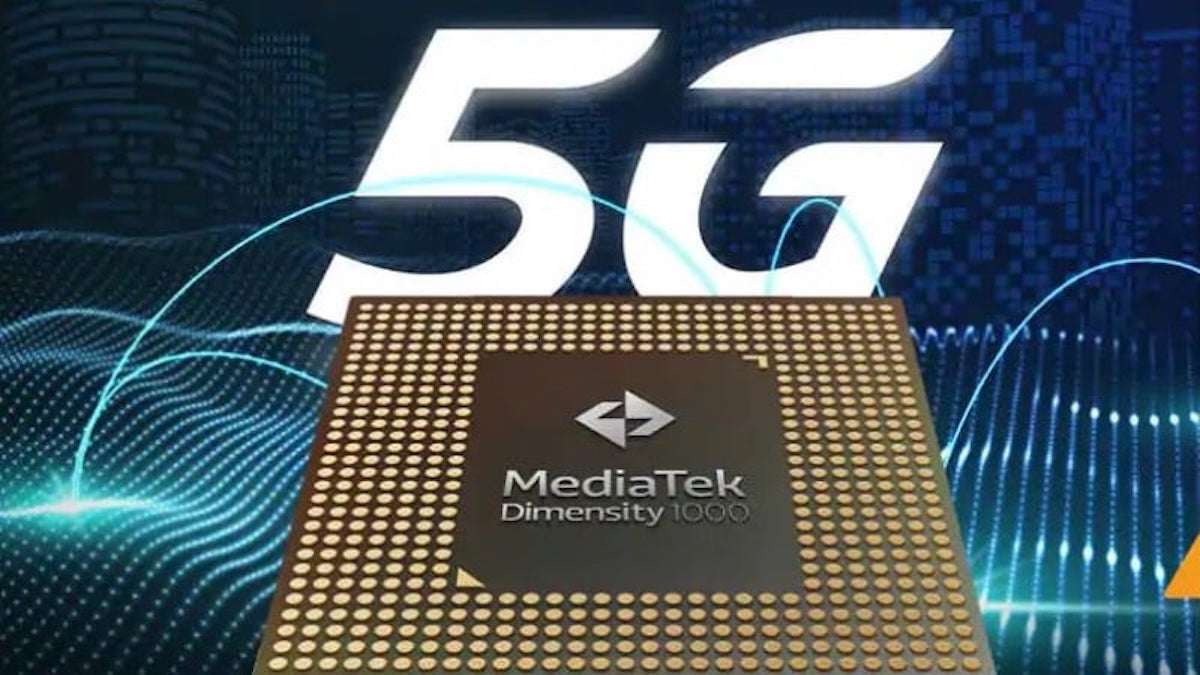MediaTek on Wednesday said that the company follows “industry benchmarking standards” and that it is convinced that its chipset potential are “accurately” represented on benchmark tests. The company was responding to a story done by AnandTech who accused MediaTek of “cheating” on benchmarks. According to the publication, MediaTek was caught running a “Sports Mode” that boosted memory controllers among others to increase performance in the benchmark tests. AnandTech initially ran the benchmark tests on the Dimensity 1000L-powered Oppo Reno 3 and found it to be outperformed by an Helio P95-powered Oppo Reno 3 Pro. The Helio P95’s Cortex A-75 CPU are two generations older than Dimensity 1000L’s A-77 CPU cores. Further, the P95 had two cores as compared to the new generation chip’s four cores triggering an in-depth investigation by AnandTech.

Anonymised PCMark Reveals An 30% Performance Drop
The publication put the Reno 3 Pro for further scrutiny through an anonymised version of PCMark where it was revealed that the device returned a 30% lower score compared to a normal version. Additionally, the device was also said to have returned lower scores up to 75% on certain channels such as the writing workload.
AnandTech put several other MediaTek devices on audit including other Oppo devices like Reno Z, F15, F9 Pro along with Vivo S1, Xiaomi Redmi Note 8 Pro and Realme C3. Crucially, the Sony Xperia XA1 released in 2017 was also said to feature the “Sports Mode” indicating that MediaTek has been following “industry benchmarking standards” for a few years now.
MediaTek in its response said that certain brands provide consumers an option to enable advanced modes including “sports modes” to maximise performance but that these are switched off in other regions.
“We do find it interesting that AnandTech has called into question the benchmarking optimizations on MediaTek powered devices, when these types of configurations are widely practiced across the industry,” the company said in a statement. “If they were to review other devices, they would see, as we have, that our key competitor has chipsets that operate in the exact same way – what AnandTech has deemed cheating on device benchmarking tests.”
MediaTek Powers ‘One In Three’ Devices Around The Globe
MediaTek said that “one in three” devices are powered by them and that they are “enabling consumers around the globe to enjoy reliable connectivity, greater processing power and intelligent features like AI and smart imaging.”
Further, MediaTek said that most modern smartphones adapt to circumstances meaning that the devices often toggle between power and performance depending on the task.
It has to be noted that most smartphones let the user choose between high performance mode and normal mode but in the case of MediaTek, the advanced mode is triggered based on specific applications.
“Our chipsets deliver a big power boost when the most demanding applications are being run so people can enjoy smoother gameplay and get the most out of the latest AI applications,” MediaTek said. “On the other hand, our chipsets will operate in an ultra-power savings mode when you’re doing light tasks like checking email.”















